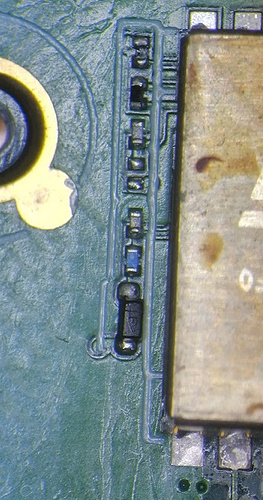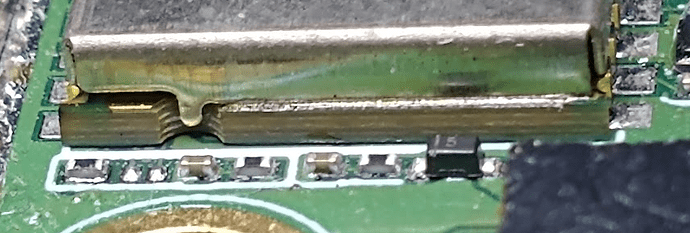GPXSee mainline silently included required changes for touchscreen zoom support. So even that application is not tuned for touch screen it basic function to show actual position in bitmap or Garmin format maps works on Librem-5.
PS: Still no progress with repair of GNSS hardware, none of the companies and experts who do for us professional assembly is brave enough to do repair with some confidence that they do not destroy device. I would be happy if Purism provides information who was successful with repair and what kind of equipment has been used. May it be I can find some moment to invest into this now. I was quite busy till now with our switch of education to RISC-V, simulators, videos etc. You can meet with or presentation on Embedded World 2022 conference in Nuremberg. We have contributed some CAN bus drivers to Linux kernel and NuttX mainline etc…


